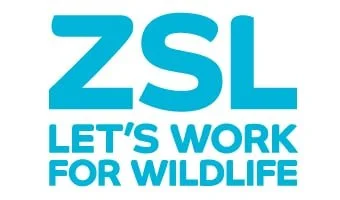
Urban Riverfly
The Urban Riverfly scheme uses an extended list of aquatic invertebrates — the addition of six invertebrate groups to the original eight used in the basic RMI scheme provides a more detailed picture of the changes in river environments, particularly in areas that tend to have low numbers of riverflies.
The extra groups are: worms, snails, beetles, leeches, blackfly larvae (Simuliidae) and freshwater hoglouse (Asellidae). These are easily identifiable, more pollution-tolerant and commonly recorded, especially in urban and modified rivers.
Scores are impacted both positively and negatively by abundance, and therefore are more reflective of the EA methodology (WHPT). Pollution-tolerant groups such as leeches, worms and freshwater hoglouse will negatively affect the score as abundances increase. A pilot of this scheme was started in the Midlands where both new and existing volunteers were provided with one day of training. The survey method remains the same as the traditional RMI, with a 3-minute kick sample and 1-minute hand search.
The Urban Riverfly scheme is an option for existing Riverfly groups to expand into, but volunteers do not need to be trained in RMI before undertaking Urban Riverfly training and so new groups can be set up as Urban groups if desired. If you are interested in Urban Riverfly, please visit our Get Involved pages or contact info@riverflies.org.
Other Riverfly core projects
-

Riverfly Monitoring Initiative (RMI)
-

Extended Riverfly
Images on this page: Andrew Head, Sharon Flint (all Flickr).


